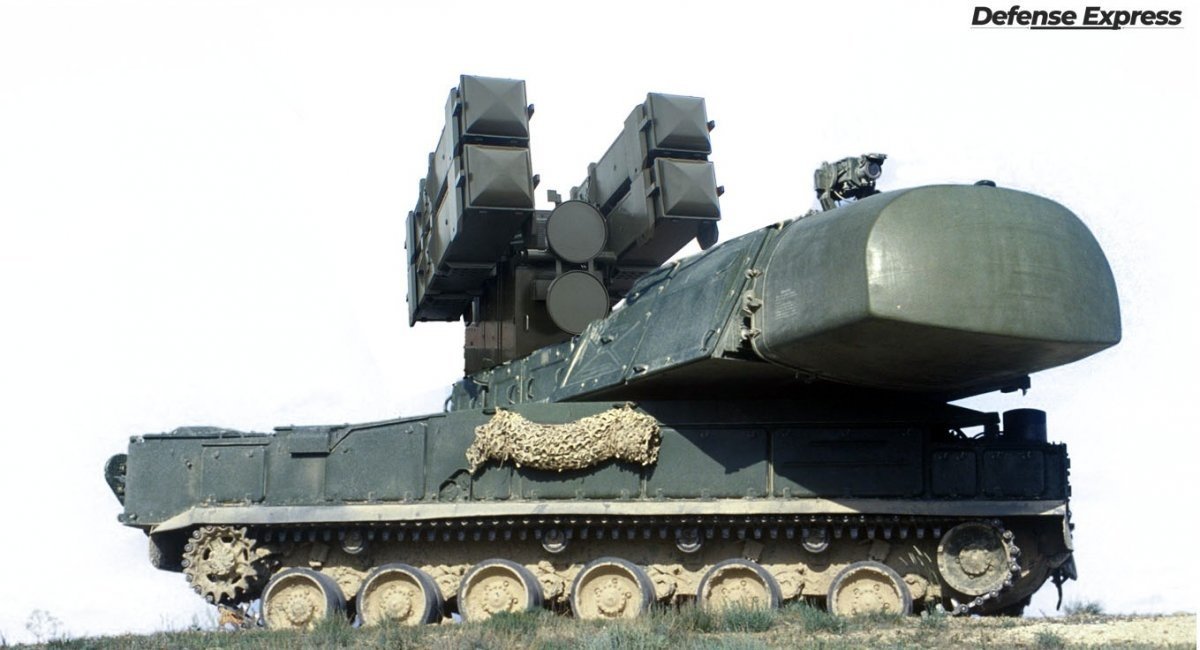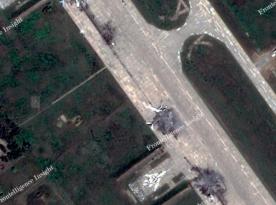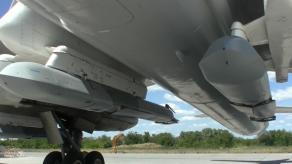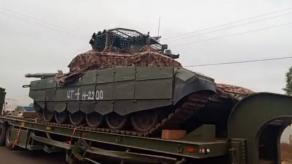Apart from plainly supplying modern air defenses the West chose one more way to beef up Ukraine's air defenses, a pragmatic one: create hybrids of old Warsaw Pact–type launch platforms and make them able to fire Western missiles.
The project called FrankenSAM is one of these efforts, initiated by the United States. From what we know so far, it is a three-fold program aimed to integrate RIM-7 Sea Sparrow missiles into the arsenal of Buk surface-to-air missile systems of Soviet design. Then, there is integration of AIM-9M with a Soviet radar, and also another project which is kept secret but referred to as the most capable one.
The New York Times has received information about the progress of FrankenSAM. After a month of testing, two out of three projects have successfully passed, the other one is even being supplied to the Ukrainian Army at this moment.
Read more: "US Will Send 300 km Missiles to Ukraine and Help to Readjust Buk SAM Systems, What is This is All About – Media"

Buk with Sea Sparrows
Quoting a Ukrainian MP Oleksandra Ustinova, the journalists say the first altered Buk SAM systems have arrived in Ukraine recently. These systems were adapted to launch RIM-7 Sea Sparrow missiles — essentially a naval, sea-to-air version of AIM-7. The Ukrainian official revealed the number of named hybrids and rates of their "production": it took a month for US specialists to modify five Buks, 17 more pending, as Ukraine prepares them for shipment to the U.S.
Apparently, Ustimova means that this initial batch comprises 22 9A310 launchers of the Buk system, all of them will be capable of using RIM-7 missiles to take down russian cruise missiles, explosive drones, and aircraft. With the current speed, the rest of 17 launchers may come by the end of the upcoming winter.
Later on, all the Buk systems in service with the Ukrainian Armed Forces might as well undergo this modification, gradually.
What this overhaul means in practice is that Buk will deploy RIM-7s instead of standard 9М38 missiles. The engagement range will be 20 km with altitude ceiling 15 km. For comparison, a 9М38 can destroy targets at a distance of 30 km, it is also three times heavier (690 kg against 230 kg of RIM-7), 2 meters longer and twice as wide. On the other hand, you can load more missiles on a single launcher thanks to RIM-7 being more compact.
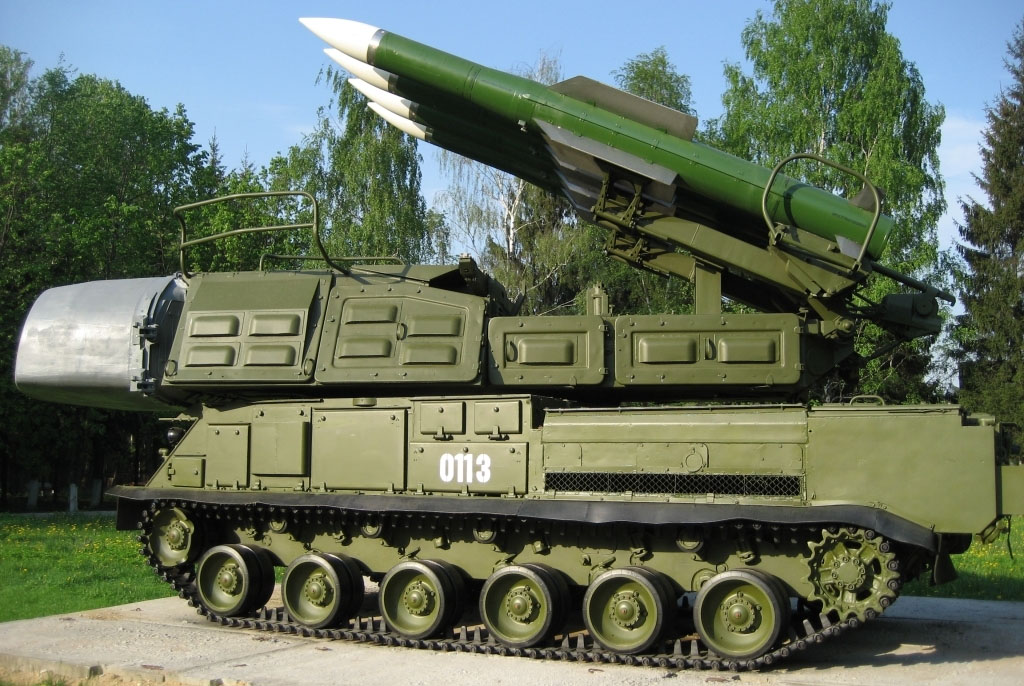
As for how Buk could have been adjusted to be compatible with RIM-7 Sea Sparrow is actually quite simple. Both RIM-7 and 9М38 use semi-active laser guidance. That is, the whole challenge is to make the missile see the target designation provided by the 9S35 radar as if it was an Mk 115, Mk 95, or Mk 23 radar. There is even a possibility that frequencies and modulation are the same but maybe after all the standard radar was replaced and a new one was integrated into the Buk system.
AIM-9M with a Soviet Radar
This type of FrankenSAM is probably even simpler because the AIM-9M doesn't need target illumination, instead relying on its own homing head. That is, all the system operator has to do with this missile is to show the target, program the homing head, let the missile lock on, and press launch.
Simply put, AIM-9M is not that much different from the MIM-72 Chaparral, which we mentioned in one of our recent articles. This obsolete U.S.-developed SAM was able to use fine-tuned AIM-9D missiles to destroy targets within a 5 km range, at an altitude up to 4 km.
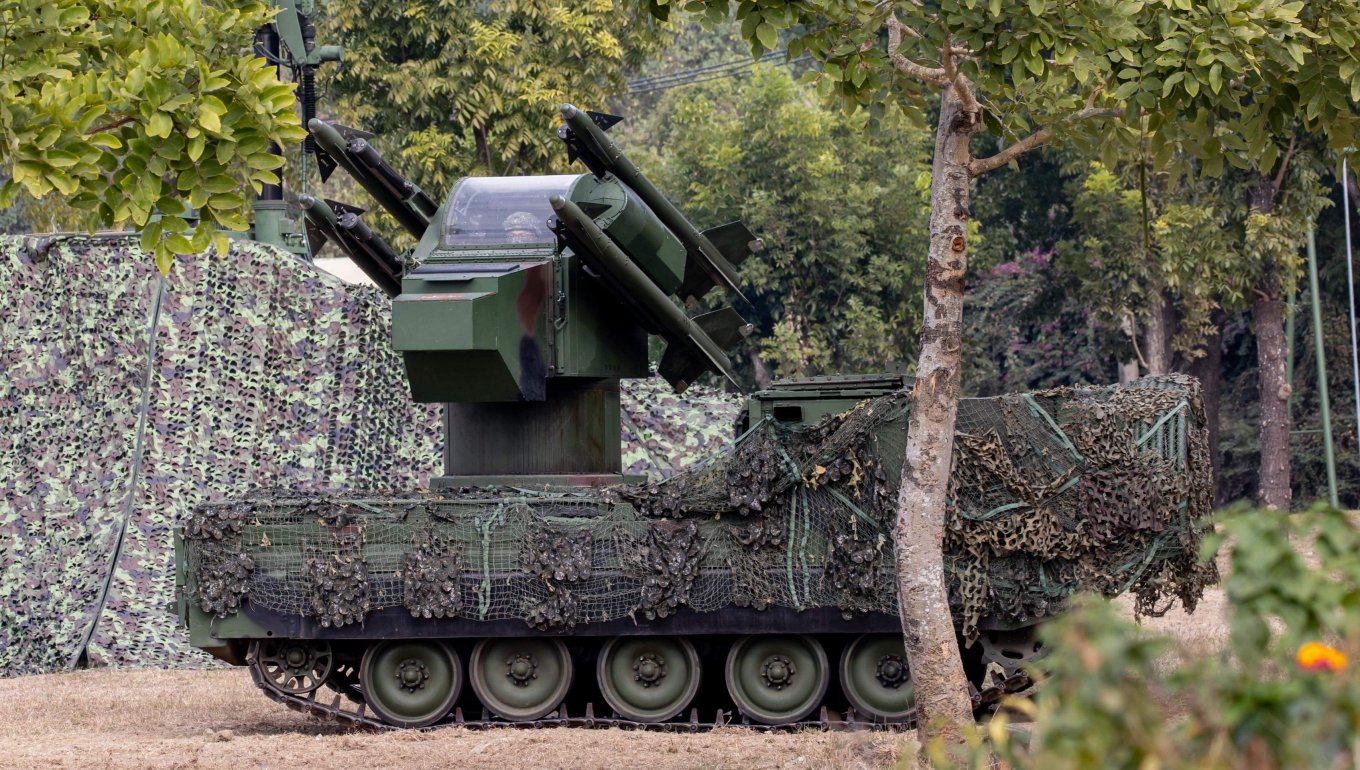
The chassis for the AIM-9M launcher is hardly any problem at all, because the dimensions of this missile are quite moderate: about 85 kg of weight, 3 meters long, diameter is 127 mm and wingspan is 279 mm.
Furthermore, the U.S. earlier had an idea to create a short-range SAM system to launch more advanced AIM-9X missiles from a Stryker MSL. Ultimately, though, they gave up on the concept and instead made the vehicle called Stryker A1 M-SHORAD — armed with the AGM-114L Longbow Hellfire and Stinger anti-air missiles.
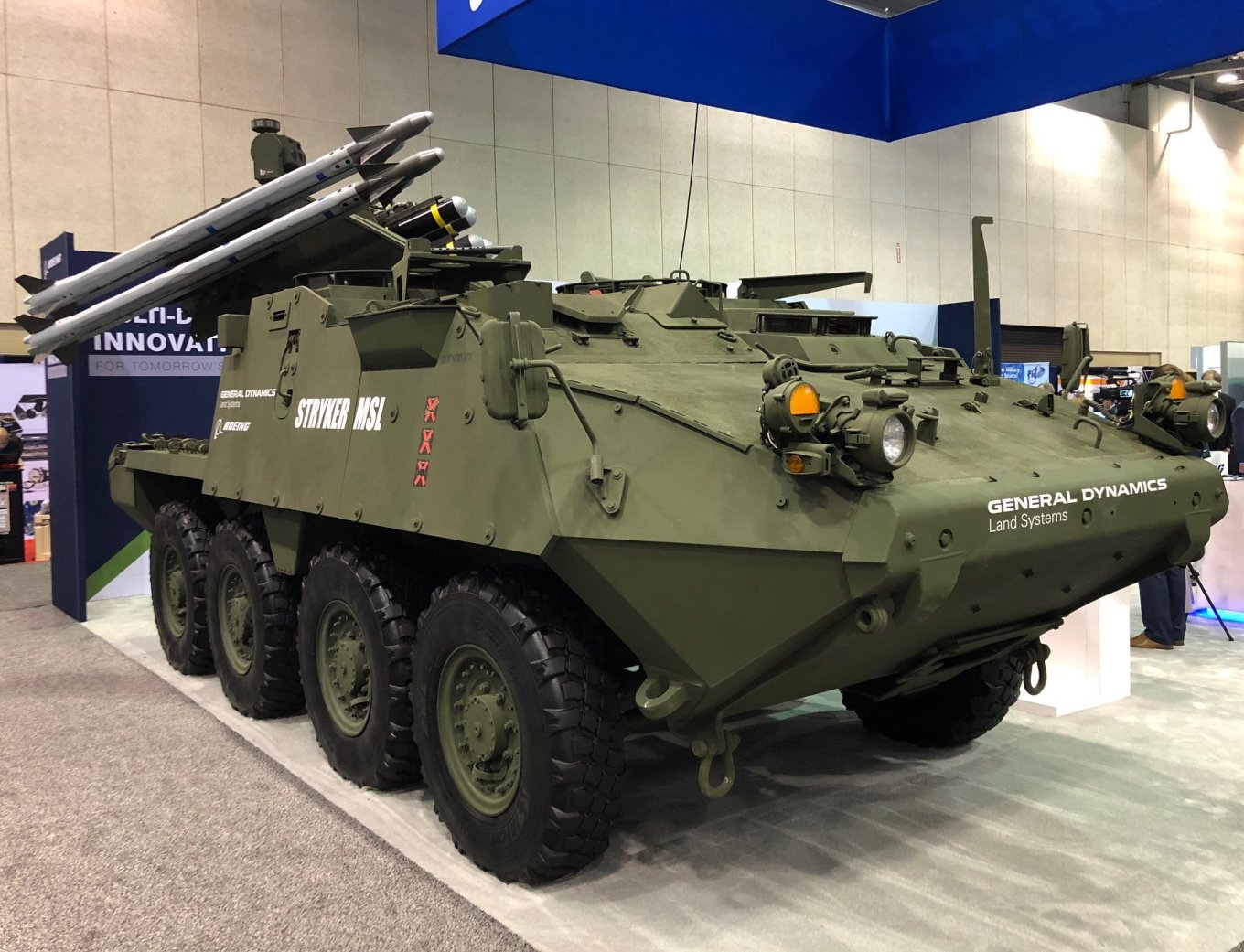
In other words, either a modern optical aiming station, or even an ordinary sight is fine for launching an AIM-9M. The thing here is what they mentioned about the integration of Soviet radar: it may indicate that data from the radar will be sent to the system, and the operator will receive information (entirety or partly) on the type, course, altitude and speed of the target automatically and in real time.
This kind of solution, when the launcher turns toward the target, was implemented in the AN/TWQ-1 Avenger air defense system developed by the U.S., and it significantly simplifies the operator's job.
Alternatively, there is also the option to integrate the AIM-9M into an already existing air defense system, such as the Osa, which will use its own surveillance radar only to find a target.
FrankenSAM with Patriot Missiles
The last but absolutely not the least, the third FrankenSAM project is still in testing. It successfully passed the first round of live firing tests, destroying a target drone. All the NYT managed to find out is that it can deploy Patriot missiles "with Ukraine’s older, domestically made radar systems."
It is described as the most powerful of SAM systems in development, the first ready-to-use unit is expected to arrive in Ukraine this winter, alongside additional missiles "and other Patriot parts."
All Patriot missiles, both the GEM-T against aerodynamic targets, and the CRI/MSE anti-missile interceptors, require radio command guidance on the initial stage of engagement, for that they have the AN/MPQ-53, AN/MPQ-65 or the newer LTAMDS radar.

In the terminal stage, CRI and MSE kinetic interceptors use their own active radar. The GEM-T, however, has a radar that constantly works in parallel with semi-active mode, it transmits the data about the target to the system main radar. The latter compares the parameters received from the missile with its own and sends commands back to the missile.
At the same time, it is possible to "unbind" the missile from the radar. For example, the Remote Interceptor Guidance-360 (RIG-360) system was designed specifically for that purpose. The RIG-360 currently being used in test mode, it is a system for transmitting radio commands to the missile from basically any type of modern digital radar. However, so far it has only been working with MSE, at least what we know from open sources.
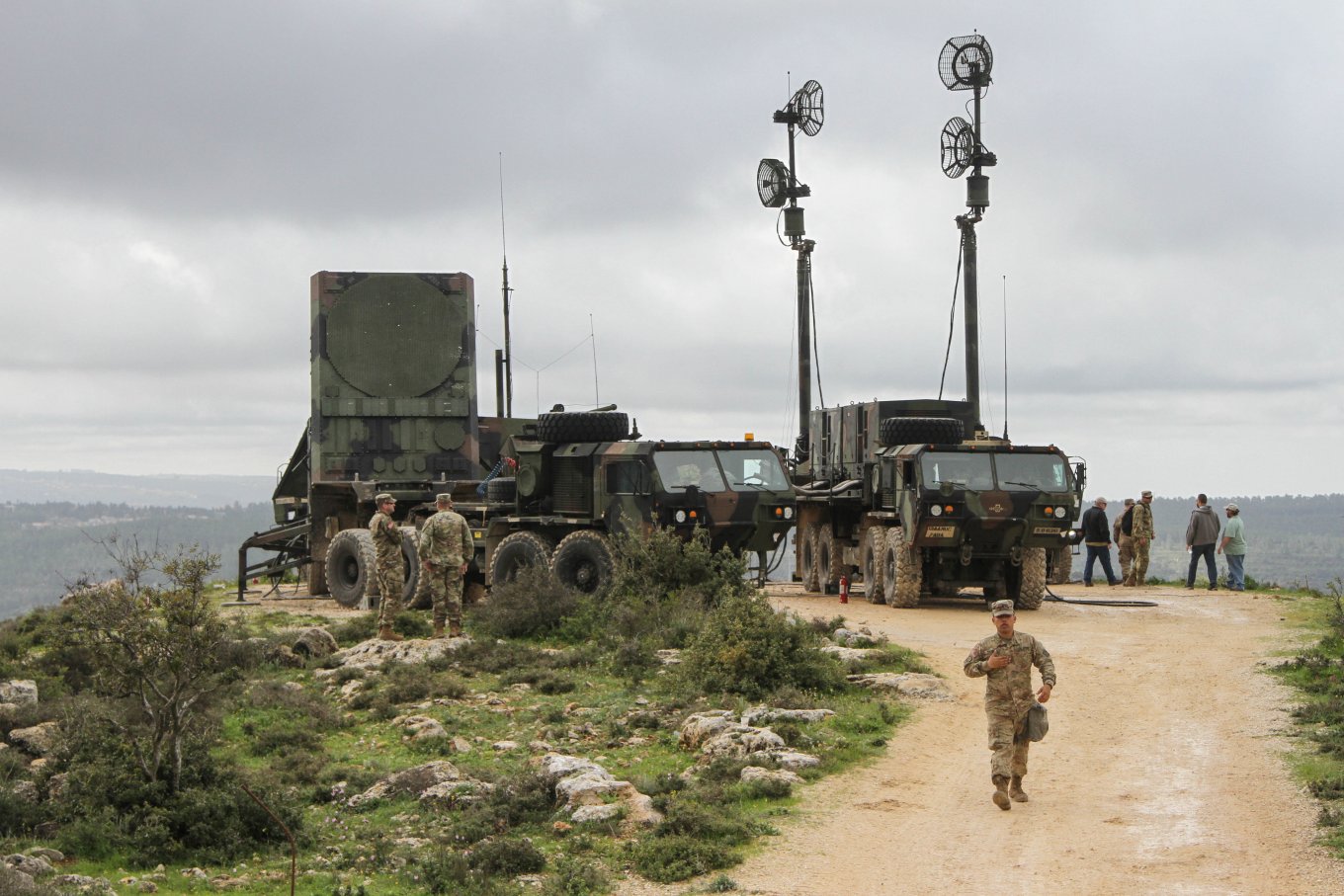
Ukraine, meanwhile, does have modern radars of its own production, which are fully digitalized. That is, maybe it is about combining Patriot launchers with RIG-360 and one of those Ukrainian radars such as the 80K6KS1 Feniks.
This solves the most troublesome issue: the transfer of each Patriot is a very difficult decision for Western countries to make because there are only so few Patriots produced. Full-fledged Patriot systems are really worth their weight in gold, there are currently only 60 systems in the entire U.S. armed forces. On the other hand, a transfer of only the launchers, loaders and a few support vehicles, without the "core" — AN/MPQ-53 or AN/MPQ-65 radars — can be much faster.
Read more: The russian Occupiers Have Started Mounting "Mangals" Even on the BMPT Terminator



